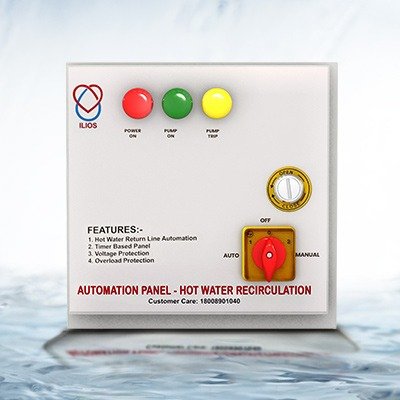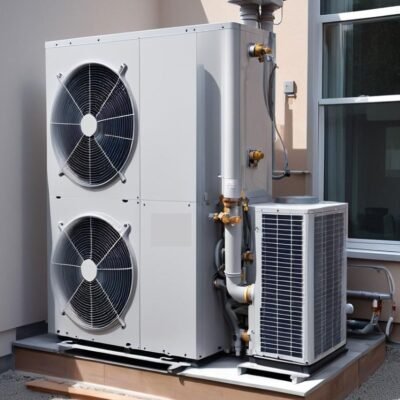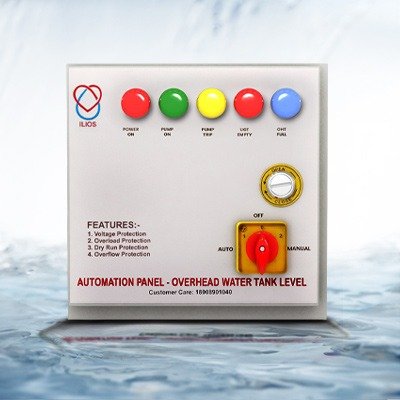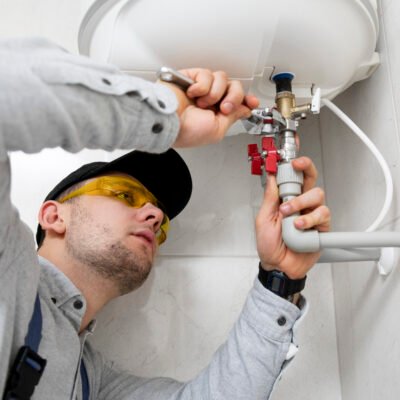In industries like manufacturing, food processing, and even in municipal water treatment plants, efficiency is key. Every process, every step, must be optimized to ensure resources are used wisely and output is maximized. One crucial aspect of many of these operations is the recirculation line—a system that recycles materials or fluids for reuse. Today, we’ll delve into the world of recirculation line automation, exploring what it is, its benefits, and how it’s transforming industries worldwide.
Understanding Recirculation Lines:
Recirculation lines are like the veins in a body for industries. Just like veins carry blood around our bodies, recirculation lines carry materials or fluids around factories, plants, or processing facilities. But here’s the twist: instead of just flowing in one direction, these lines are designed to circulate materials or fluids back into a system for reuse. This recycling process is super important because it helps save resources and reduces waste. Imagine if you could reuse your water bottle instead of throwing it away every time you took a sip—that’s kind of what recirculation lines do for industries!
What is Recirculation Line Automation?
Recirculation line automation is like giving these veins a smart brain! Instead of relying only on people to control the flow of materials, automation uses clever technology to do it automatically. Picture this: sensors, which are like tiny detectors, are placed all along these recirculation lines. These sensors keep an eye on things like how fast the materials are flowing, how hot or cold they are, and if there’s enough or too much of them. Then, there’s a control system—a bit like a boss—that gets all this information from the sensors and decides what to do next. It might speed things up, slow them down, or even stop them altogether if something’s not right. All of this happens without people having to do much!
Benefits of Recirculation Line Automation:
Improved Efficiency: Automation makes everything run smoother and faster. It’s like having a super-efficient manager who makes sure everything is done just right. This means less time wasted and more stuff made in the same amount of time.
Cost Savings: When things run efficiently, it often means saving money too! Automation helps cut down on waste and reduces the need for lots of people to keep an eye on things all the time.
Enhanced Safety: Automation can also make places safer to work. By keeping a close watch on things like pressure and temperature, it can prevent accidents from happening. It’s like having a safety guard who never gets tired or distracted.
Data Insights: Think of automation as a bit of a detective. It collects loads of data about how things are running and uses this information to make things even better. This data can be used to predict when something might go wrong or to figure out how to make things more efficient.
Scalability: Automation is also super flexible. It can easily adapt to changes in production needs. So, if a business wants to make more stuff or change how they make it, automation can handle it without breaking a sweat.
How Automation Works:
Sensors: These are like the eyes and ears of the automation system. They’re scattered all around the recirculation lines, constantly keeping watch and sending information back to the control system.
Control System: This is the brains behind the operation. It’s where all the decisions are made. Based on the information from the sensors, it tells everything else what to do—whether to speed up, slow down, or stop altogether.
Actuators: These are like the muscles of the operation. When the control system decides it’s time to do something, actuators are the ones that make it happen. They adjust valves, pumps, and other parts of the system to keep things running smoothly.
Software: This is like the user interface, the part that people interact with. It’s where you can see all the data collected by the sensors and control how the system operates. It’s like the dashboard of a car, but for an entire industrial operation!
Real-World Applications:
Manufacturing: Factories use recirculation line automation to make sure everything from mixing ingredients to cooling down machines happens just right. It’s like having a master chef in charge of the kitchen, making sure every dish comes out perfect.
Food Processing: In food factories, automation helps with tasks like mixing ingredients or cleaning equipment. It ensures everything is done safely and hygienically, so we can trust the food we eat.
Water Treatment: Ever wonder how the water that comes out of our taps is cleaned? Recirculation line automation plays a big role in making sure water treatment plants work efficiently and keep our water safe to drink.
Energy Production: Even in places where energy is produced, like power plants, automation is crucial. It helps control the flow of water or other fluids to keep machines running smoothly and efficiently.
Conclusion:
Recirculation line automation is like having a super-smart assistant that helps industries run better. By using technology to control and monitor the flow of materials, businesses can save money, work more safely, and even help protect the environment. As technology continues to improve, the impact of automation will only grow, making industries more efficient and sustainable in the long run.
In a world where every drop of material counts, automation isn’t just a fancy option—it’s becoming a necessity for businesses to stay competitive and responsible. With recirculation line automation, industries can pave the way for a brighter, smarter future where efficiency and sustainability go hand in hand.







